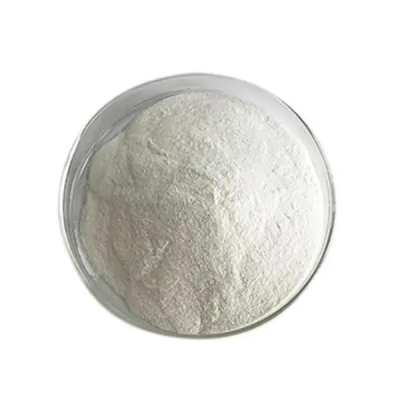sodium cyanate CAS:917-61-3
Sodium cyanate (NaOCN) is an inorganic compound characterized by its white, crystalline form. Highly soluble in water, it possesses a unique structure that contributes to its reactivity and utility in various chemical applications. Sodium cyanate is often synthesized through the reaction of sodium hydroxide with urea, or via the reaction of sodium carbonate with cyanamide. One of the primary uses of sodium cyanate is as a precursor in the production of isocyanates, which are valuable intermediates in the synthetic chemistry field. Isocyanates play a crucial role in the manufacture of polyurethanes, a versatile group of compounds used in foams, coatings, adhesives, and elastomers. Furthermore, sodium cyanate has applications in organic synthesis, facilitating the formation of different nitrogen-containing compounds. Despite its usefulness, sodium cyanate exhibits toxicity and can pose environmental hazards. As such, appropriate safety measures must be adhered to during its handling and use. Exposure to sodium cyanate can lead to harmful effects, including respiratory irritation and potential neurological damage if ingested or inhaled. Therefore, regulatory guidelines and safety data sheets should be consulted when working with this compound. Research continues into the properties and potential applications of sodium cyanate, particularly regarding its role in green chemistry and sustainable processes. Its ability to participate in various chemical transformations makes it an interesting subject for further exploration. Overall, while sodium cyanate serves significant industrial and research functions, awareness of its toxic nature underscores the need for responsible management in its application.






| Composition | NaOCN |
| Assay | 99% |
| Appearance | white powder |
| CAS No. | 917-61-3 |
| Packing | Small and bulk |
| Shelf Life | 2 years |
| Storage | Store in cool and dry area |
| Certification | ISO. |









